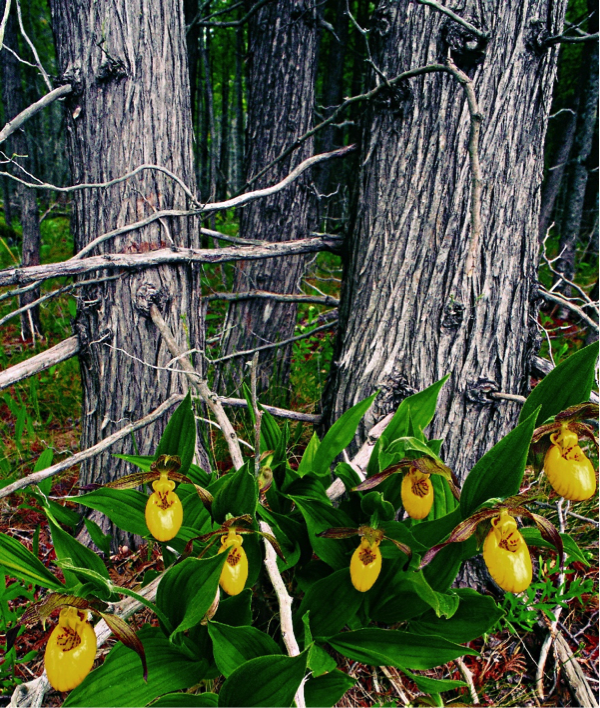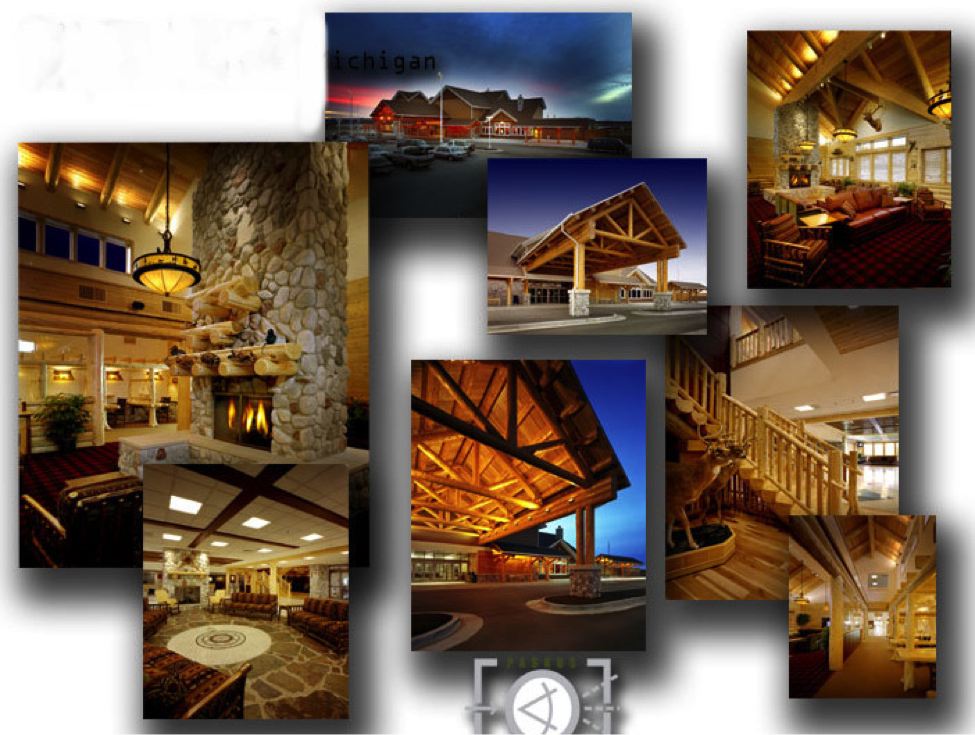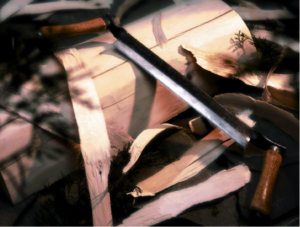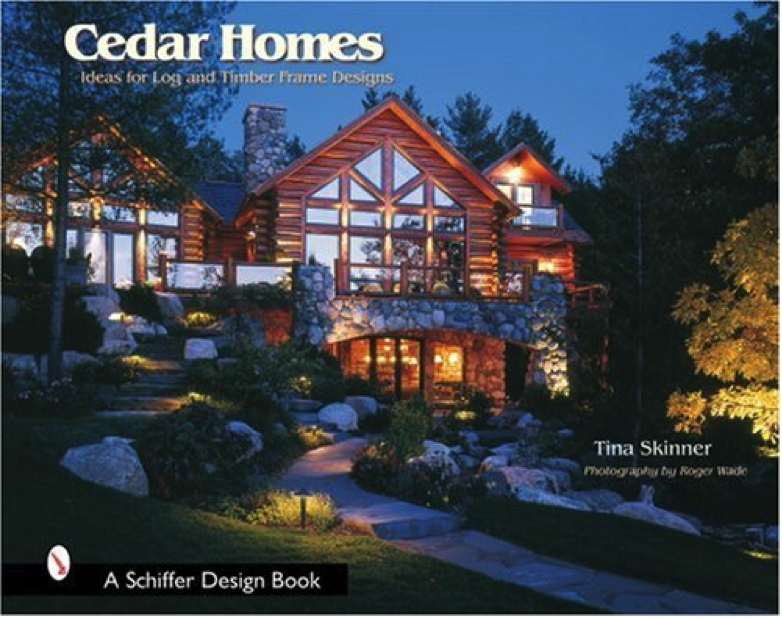Thoughts & Musings
Fall Framed
September 28, 2018
“Winter is an etching, spring a watercolor, summer an oil painting and autumn a mosaic of them all.”
– Stanley Horowitz
You provide the “artwork”, we will have it framed…
Into the Woods
August 23, 2018
 Being in the natural wood home business, particularly with our 71 year history, we attract an amazingly wide and varied category of informational inquiry caller – “I am an appraiser and need help appraising a log home”, “I would like to talk to someone about some log home decorating ideas, please”, “Tell me about chink”, “Do you all know of log homes to rent out West?”, “Do you have milk on sale this week?” (Town&Country grocery store chain near us…), “I just bought a Cedar home and wanted to ask you about what kind of finish I should use”, and, surprisingly, “I’m just wondering if I could ask you a few questions about maintaining our woods?”….three calls this past week alone. We do know a bit about that subject. A quick primer… Read more
Being in the natural wood home business, particularly with our 71 year history, we attract an amazingly wide and varied category of informational inquiry caller – “I am an appraiser and need help appraising a log home”, “I would like to talk to someone about some log home decorating ideas, please”, “Tell me about chink”, “Do you all know of log homes to rent out West?”, “Do you have milk on sale this week?” (Town&Country grocery store chain near us…), “I just bought a Cedar home and wanted to ask you about what kind of finish I should use”, and, surprisingly, “I’m just wondering if I could ask you a few questions about maintaining our woods?”….three calls this past week alone. We do know a bit about that subject. A quick primer… Read more
Timeless … Spotted While Browsing Amazon : )
July 25, 2018
Cedar Homes: Ideas for Log & Timber Frame Designs (Schiffer Design Books) Hardcover – July 22, 2003
by Tina Skinner (Author)
Hardcover
$34.17
27 Used from $2.69
7 New from $23.99
1 Collectible from $45.00
From the “Did You Know? …” Department
July 17, 2018

For more than 70 years, Town + Country Cedar Homes has built some of the most luxurious, sought-after luxury log homes in the nation. Our custom Cedar homes have won numerous awards, but our greatest reward is exceeding our clients’ expectations. And we even added travelers to that list. Read more
Don’t Be a Sap!
June 26, 2018
 All trees have layers of growth commonly referred to as ‘rings’. A crosscut of a mature tree trunk, with outer bark removed, reveals two different sections of rings easily distinguished by color. The outer rings are sapwood, and are lighter colored. This is the part of the tree through which sap flows to sustain tree growth. Sapwood contains sap and water which, in order for the lumber to be used for building, must be carefully dried prior to use. Sapwood will shrink and crack more easily over time and is more susceptible to fungus and decay. While Sapwood rings are vital for tree nourishment, in its natural form it is not a good product for woodworking. Read more
All trees have layers of growth commonly referred to as ‘rings’. A crosscut of a mature tree trunk, with outer bark removed, reveals two different sections of rings easily distinguished by color. The outer rings are sapwood, and are lighter colored. This is the part of the tree through which sap flows to sustain tree growth. Sapwood contains sap and water which, in order for the lumber to be used for building, must be carefully dried prior to use. Sapwood will shrink and crack more easily over time and is more susceptible to fungus and decay. While Sapwood rings are vital for tree nourishment, in its natural form it is not a good product for woodworking. Read more



